Preventing chain breakdown from P2P lending: There must be a legal corridor quickly
| Lending interest rates are under increasing pressure | |
| Lending rates expected to be stable thanks to State support package | |
| Regulatory sandbox for P2P lending needs strict requirements |
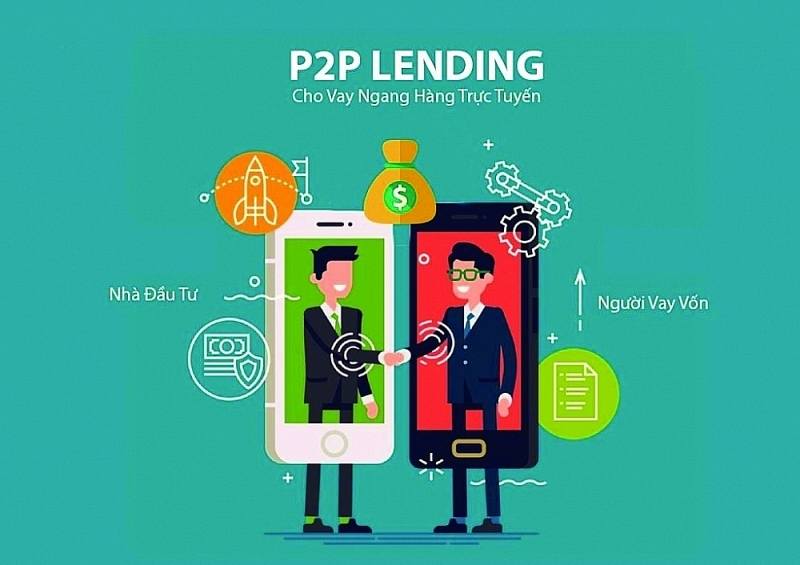 |
| The field of peer-to-peer lending does not yet have specific regulations for adjustment. Photo: Internet |
Fear of risk
According to the statistics of the State Bank of Vietnam (SBV) as well as the Vietnam Fintech Market Report 2021, the number of Fintech companies increased four times, from 39 companies at the end of 2015 to more than 154 companies by the end of 2021.
Among Fintech companies in Vietnam, about 70% are start-ups. The year 2021 witnessed great leaps in the Vietnamese Fintech market when the internet economy reached a value of US$ 21 billion, standing at 14/50 in Asia and 70th in the global rankings. Fintech Vietnam had grown significantly thanks to the support of the Government on the expansion of digital payment forms as well as the increasing adoption of digital transactions and the development of the e-commerce market.
However, risks and negative incidents from Fintech enterprises have emerged. In the latest example, VO247 is a financial technology application that connects borrowers and lenders in Vietnam (P2P lending) owned and operated by VO247 Financial Technology Joint Stock Company. Launched in 2019, after more than two years of operation, VO247 has 6,000 investors and nearly 70,000 borrowers. According to the introduction of VO247, when investing, investors can receive interest up to 18.25%/year.
But with difficult economic reasons, the leader of VO247 declared that the company was insolvent, facing the risk of bankruptcy. Due to the fear of breaking the chain when investors repeatedly asked to return the invested capital, both principal and interest, about VND 150 billion, another P2P lending company, Fiin Credit, announced support.
But so far, this company is also facing the risk of falling into illiquidity, causing panic in the P2P lending community, fearing that the wave of withdrawals will spread to other P2P lending applications.
As a rule, a peer-to-peer lending company only acts as an intermediary to directly connect borrowers with lenders (investors), but in reality, many loan applications operate like credit institutions when mobilizing capital from organizations and individuals and then lending at high interest rates.
Meanwhile, many investors have no knowledge of finance - banking, they bring money to invest with high interest rates without understanding the bad debt ratio, loan appraisal capacity, leading to large bad debts, companies like VO247 will have to bear the interest of 18%/year to pay investors with additional debt from these lenders, so they will be insolvency.
The above case shows that P2P lending in particular and Fintech fields in general are facing many risks. According to Dr. Nguyen Quoc Hung, General Secretary of the Vietnam Banks Association (VNBA), the company's activities providing Fintech solutions, P2P lending, new payment models, cross-border money transfers, sharing user data through open application programming interfaces (Open APIs) are not adjusted in specific legal regulations and face many risks, such as security risks and data leaks, liquidity risk and credit risk, money laundering and terrorist financing risks, and illegal debt collection activities.
In the field of P2P lending, Dr. Nguyen Quoc Hung emphasized that this field had no legal regulations and only operated under the provisions of the Civil Code, according to the Law on Credit Institutions, capital mobilization in the lending process was a violation of the law and might be charged under criminal law. Therefore, he noted that enterprises must comply with the law, they should not do things to avoid risks to enterprises and the financial system.
Needing a strict legal corridor
With the above difficulties, the SBV has submitted to the Government to issue a Decree on a mechanism for controlling Fintech activities in the banking sector (Fintech Regulatory Sandbox), which is expected to bring P2P lending business to the group of conditional business lines, and it will stipulate the granting of credit on the technology platform, peer-to-peer lending.
This is very necessary because according to experts, Vietnam's P2P lending model is showing signs of falling in the footsteps of China. The Chinese government had to issue stricter regulations with P2P lending, including regulations on deposit, independent audit, disclosure of operating results, loan value limit, and a list of prohibited activities for P2P lending enterprises.
Many experts also said that the P2P model still had great significance for comprehensive finance in our country, especially in the context that people and enterprises need to diversify capital sources, was unable to be based solely on the banking system, P2P lending was one of the modern and innovative sources of capital. Therefore, there must be a clear legal framework as well as fundamental solutions for the sustainable development of P2P lending in general and Fintech enterprises in particular.
Currently, the Law on Electronic Transactions (amended) is still being consulted, so enterprises expect that when this Law is promulgated, it will complete the legal basis to facilitate the digital transformation process as well as developing new products, services, and economic models based on digital technology.
Related News

What do businesses need for digital transformation?
09:20 | 17/11/2024 Headlines

Ensuring national public debt safety in 2024
17:33 | 03/11/2024 Finance

The biggest challenges businesses are facing
15:28 | 20/10/2024 Headlines

How does the Fed's interest rate cut affect Vietnam?
11:56 | 05/10/2024 Headlines
Latest News

Embracing green exports: a pathway to enter global supply chains
10:33 | 20/02/2025 Import-Export
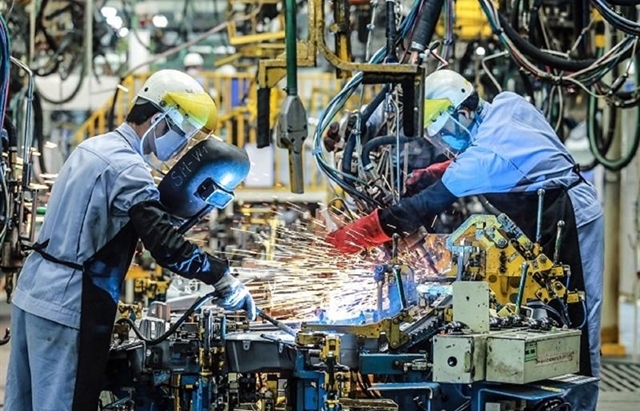
New policy proposed to prevent transfer pricing, tax evasion of FDI enterprises
10:32 | 20/02/2025 Import-Export

Việt Nam’s durian exports to China plummet by 80%
16:18 | 19/02/2025 Import-Export
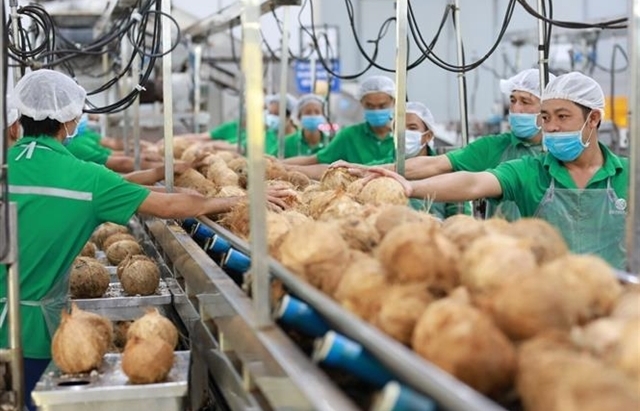
Coconut exports reach 14-year high
15:29 | 18/02/2025 Import-Export
More News

Shrimp exports grow in the first month of 2025
15:28 | 18/02/2025 Import-Export
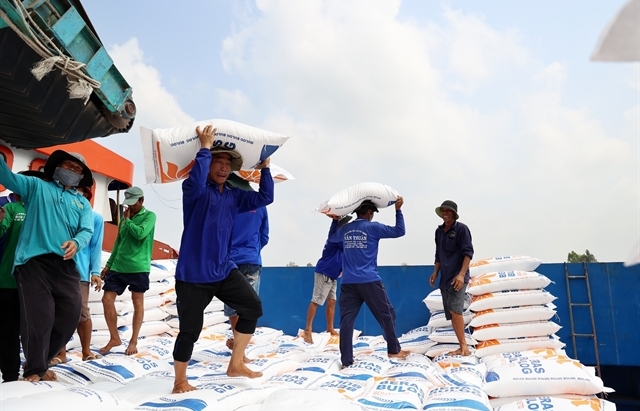
Rice export prices drop, but decline expected to be short-term
08:10 | 17/02/2025 Import-Export
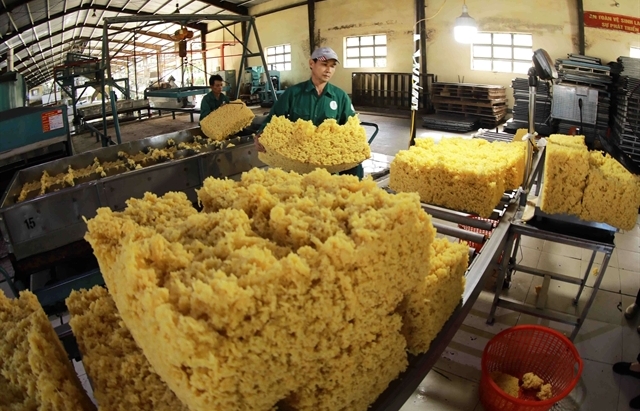
Key agro products expected to maintain export growth this year
08:08 | 17/02/2025 Import-Export

EU issues 12 warnings against Việt Nam’s food and agricultural exports
08:07 | 17/02/2025 Import-Export
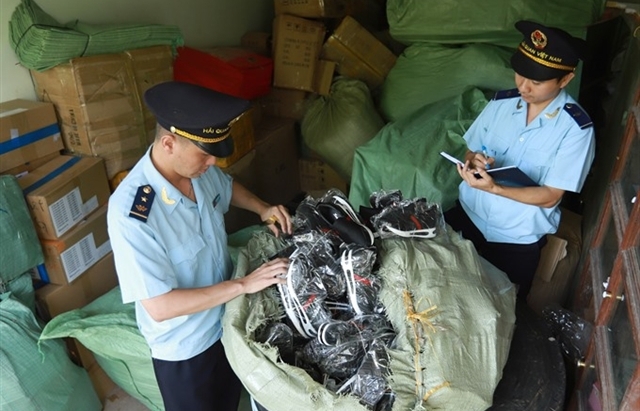
Việt Nam to impose VAT on low-value express-imported goods
08:06 | 17/02/2025 Import-Export

Exchange rate risks need attention in near future
16:31 | 15/02/2025 Import-Export
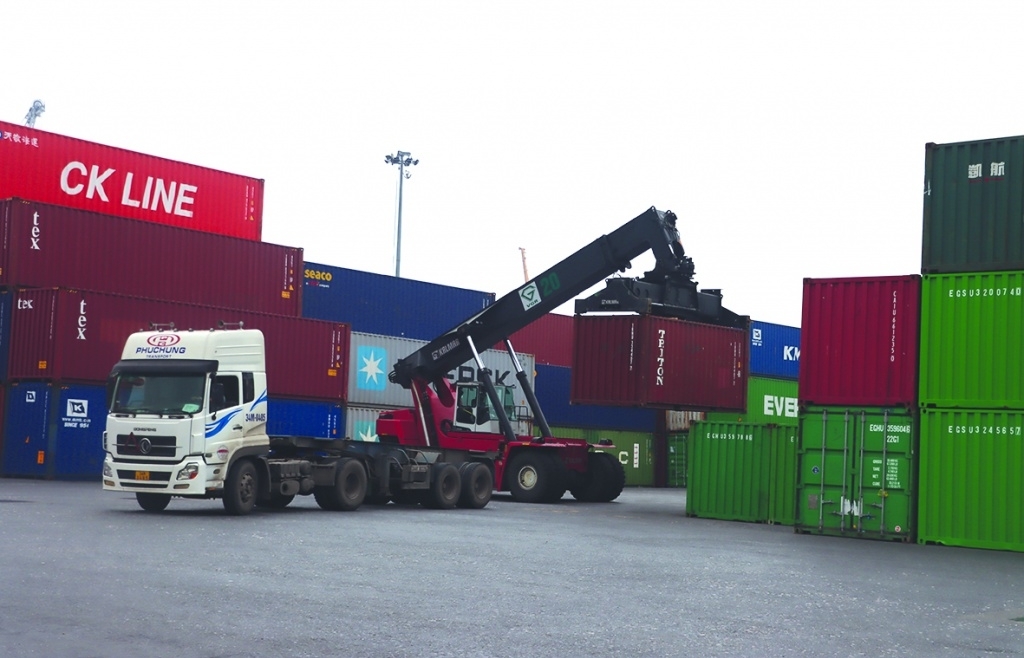
Vietnam kicked off the year with a strong start in trade, exceeding US$63 billion in the first month
16:30 | 15/02/2025 Import-Export

Import and export turnover reaches about US$29 billion in the second half of January 2025
14:52 | 14/02/2025 Import-Export

Market edges up slightly as liquidity remains low
14:48 | 14/02/2025 Import-Export
Your care
The system has not recorded your reading habits.
Please Login/Register so that the system can provide articles according to your reading needs.

Embracing green exports: a pathway to enter global supply chains
10:33 | 20/02/2025 Import-Export

New policy proposed to prevent transfer pricing, tax evasion of FDI enterprises
10:32 | 20/02/2025 Import-Export

Việt Nam’s durian exports to China plummet by 80%
16:18 | 19/02/2025 Import-Export

Coconut exports reach 14-year high
15:29 | 18/02/2025 Import-Export

Shrimp exports grow in the first month of 2025
15:28 | 18/02/2025 Import-Export
